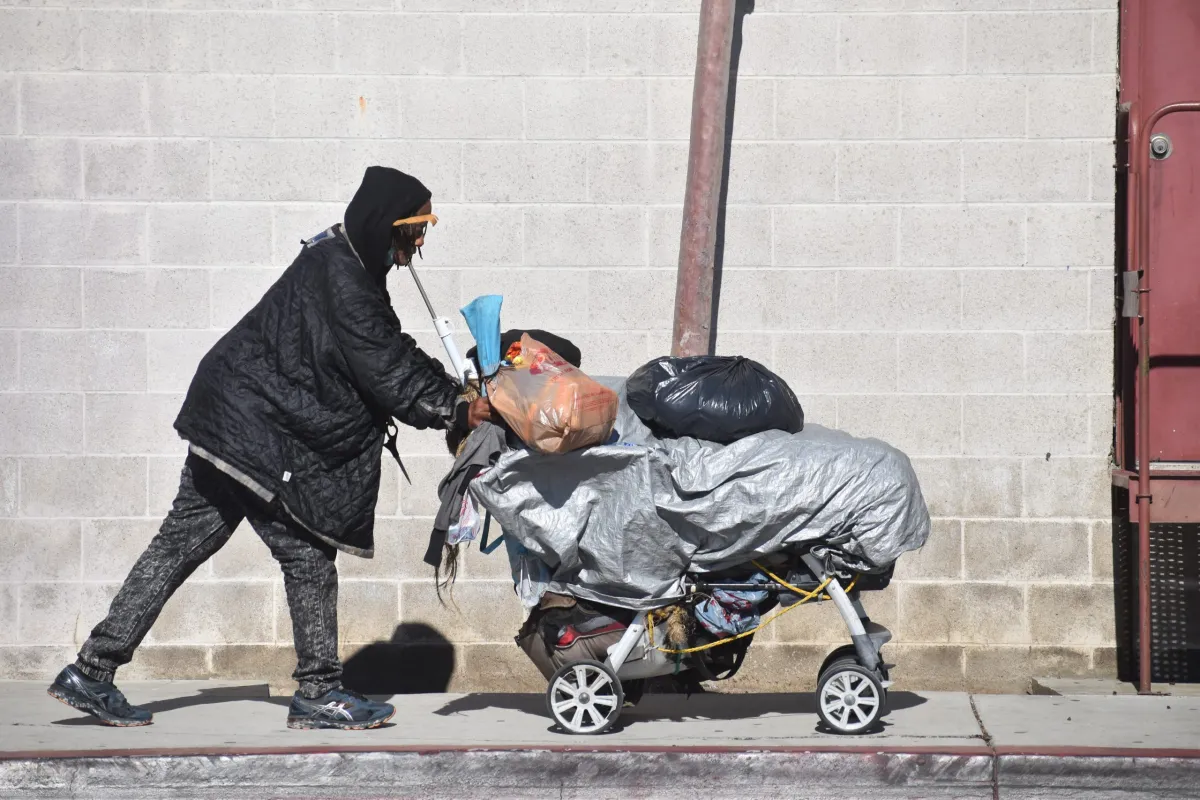Law to Remove Mentally Ill and Addicted from Streets Delayed Until 2026: Ready or Not?

The Struggle for Mental Health Reform in Los Angeles
In June 2018, a man under the influence of methamphetamine and armed with a knife climbed onto Cathy’s balcony in Santa Monica and raped her. At 73, she continues to live with the aftermath of this traumatic event, watching as Los Angeles delays a mental health law that could have prevented such an incident.
During the trial, it was revealed that the attacker had been involved with Los Angeles County's mental health system for nearly two decades. He often skipped required treatment, stopped taking his medication, and repeatedly returned to drugs and the streets—despite knowing the risks of drug-induced psychosis. For Cathy, this highlighted a critical gap in the system that she believed Senate Bill 43 (SB 43) could address.
SB 43 was passed by the California Legislature in October 2023. However, Los Angeles County delayed its implementation until January 1, 2026, citing the need for more time to develop resources and infrastructure. The bill expands the definition of “gravely disabled” to include individuals with severe substance use disorders or co-occurring mental illness who are unable to maintain personal safety or access necessary medical care, food, clothing, or shelter. This change gives clinicians and courts clearer authority to intervene before someone reaches a breaking point.
Cathy believes the delay is not just a bureaucratic hurdle but a form of abandonment. She feels that the county is prioritizing harm reduction efforts like distributing needles and pipes over protecting the community. “It was passed,” she says. “And then our county said, ‘We’re not ready to implement this.’ So we’re not going to do anything. We’re going to put it on hold.”
The county has taken steps to prepare for SB 43. A cross-department steering committee began working in early 2024, and six work groups developed new training modules, mapped the client journey, and created discharge-planning tools. Officials also aligned court forms with the law and launched a public-facing website. They reported that 114 implementation tasks were on schedule, with over 5,000 professionals expected to complete updated training by year’s end.
However, officials acknowledged potential challenges. Without new state funding, increased locked-bed placements could strain budgets. Integrating substance-use treatment into mental health facilities will require new billing pathways and workforce training. They also emphasized the need to track data for disproportionate impacts, especially for Black and Brown residents who have historically been more likely to be placed in involuntary holds.
Supervisor Lindsey Horvath questioned whether the projected 75 additional people in the first year justified a two-year delay. Cathy, who did not attend the meeting, was shaken by the outcome. “They said they're ready to help possibly between zero and 75 people—in all of L.A. County. That doesn’t even begin to scratch the surface of the need for addiction and mental-health help on our streets.”
For residents living with untreated illness, the gap between expectation and reality is real. In Venice, David has spent years in a tent outside Westminster Dog Park, where neighbors describe his psychiatric crises, including attacks on officers and setting his tent ablaze. Interventions are brief and cyclical, leaving him returning to the same sidewalk.
In March 2024, families in Santa Monica and Venice were shocked when a 6-year-old girl and a 7-year-old boy were assaulted in separate incidents. Authorities described the suspect as homeless and acting erratically. While the children survived, the events raised questions about what could have been done earlier.
County leaders say SB 43 is not a “silver bullet.” It won’t empty encampments or flood courts with conservatorship cases. However, it can tighten clinical thresholds so trained evaluators have a lawful path to act when illness obliterates self-preservation. The rest comes down to execution: training, bed capacity, step-down housing, continuity of care, and equity safeguards.
Cathy listens to these arguments but returns to the promise she believed voters endorsed. “We voted for a lifeline,” she says. “And then they don’t do anything, and then they have a meeting and go, ‘Okay, we’ll… do this.’ Meanwhile I’m home-bound half the time.”
Her finances collapsed after the attack. PTSD made work impossible, and COVID layoffs sealed it. “I could’ve earned more if I’d worked a couple more years,” she says. “Now I’m choosing between supplements my doctors want me on and rent.” On bad days, she skips errands, afraid of the unknown between her apartment and the elevator.
Outside the hearing, Los Feliz resident Tom Rivera voiced similar frustrations. “People here aren’t scared of homelessness,” he said. “They’re scared of untreated mental illness turning violent. SB 43 was supposed to be the tool to stop that. If the county isn’t ready, what was the point of passing it?”
The county insists it will be ready by January 1, 2026. Training calendars are set, court materials are being updated, and new beds and step-down placements are opening in phases. Officials say they will publish data and adjust if disparities emerge.
Cathy hears the plan and measures it against the life she now lives: the sleeplessness, the flashbacks, the shrinking perimeter of a day. “You never know when it’s going to happen,” she says. “Ask people like me, awake at five in the morning with an alarm blaring and a man with a knife at my face. Ask the parents whose kids were hit on the boardwalk. Ask the neighbors walking past David’s tent.”
She pauses. “It passed,” she repeats. “What happened?”
Post a Comment for "Law to Remove Mentally Ill and Addicted from Streets Delayed Until 2026: Ready or Not?"
Post a Comment